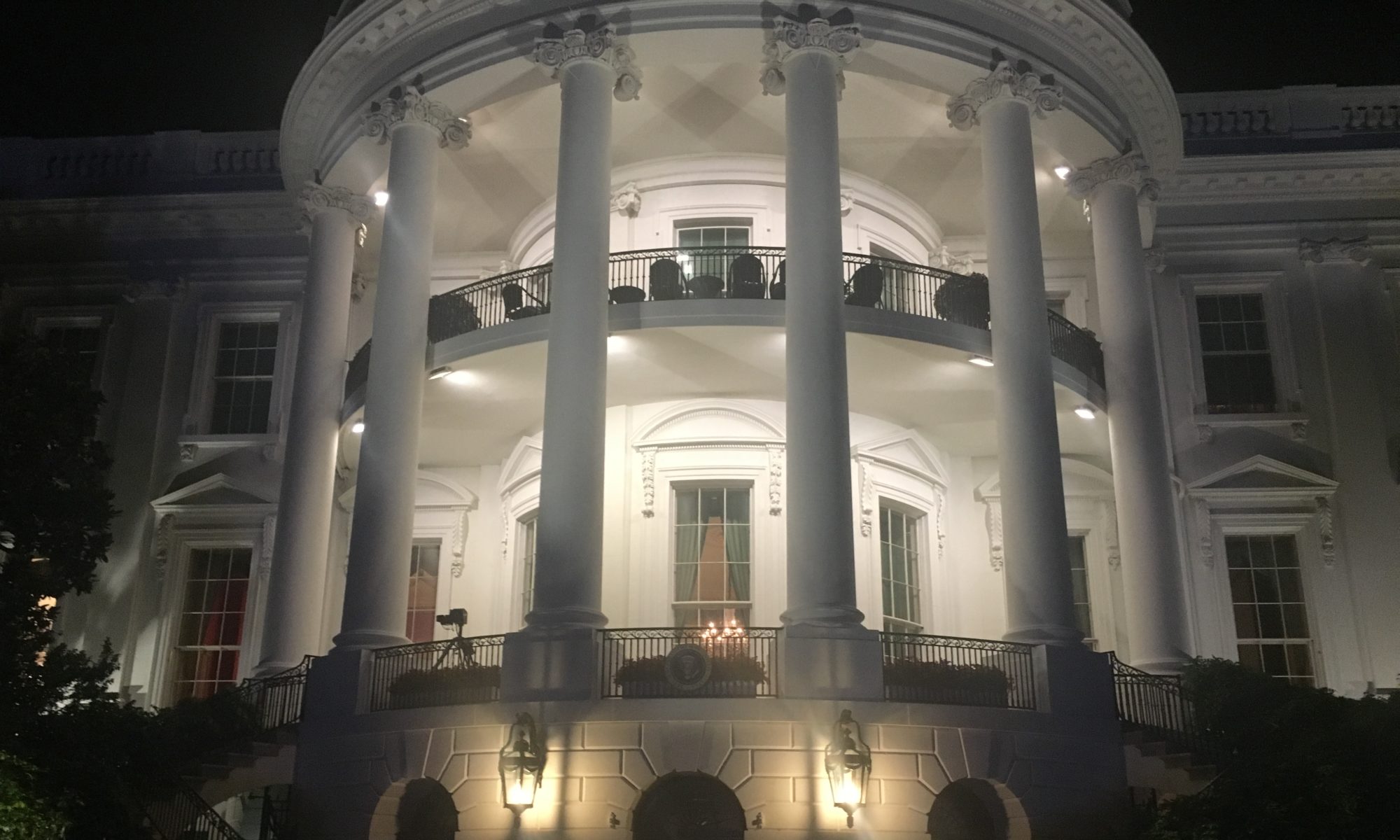November 15, 2022
One week past Election Day we can confidently say we fought the fascists to a draw. The announcement of Catherine Cortez-Masto’s victory in Nevada Saturday night clinched Democratic control of the Senate. Katie Hobbs’ win in the Arizona governor’s race, called last night, denied a telegenic Trumper the top spot in the state. Thanks to young voters, (who favored Democrats by a 28% margin), Black voters, and tireless organizing by thousands of regular people, we not only won the Senate, but a trifecta in the state governments in Michigan and Minnesota. Election denying Secretary of State candidates lost in Michigan, Arizona and Nevada and we have flipped at least two Congressional seats (Wa-3 and Md-6) that prognosticators were sure were going to Republicans, (Source: “Democrats still have a path to keep the House—but it’s tough,” by Andrew Prokop, Vox.com, 11/12/22).
It was equally as significant that voters in California, Michigan and Vermont passed ballot measures to guarantee abortion rights, while in Kentucky, voters defeated a measure “aimed at denying constitutional protections for abortion,” (Source: “Abortion, marijuana were also on 2022 ballots. Here’s how states voted,” by Karin Brulliard, The Washington Post, 11/10/22).
While the Democratic Party results bucked the historic trend of a president’s party suffering significant losses in their first midterm, the magnitude of the surprise was thanks to the endless drumbeat of “red wave” predictions made by credulous pundits regurgitating Republican spin. They uncritically repeated the talking point that Americans would allow high gas prices and an imaginary crime wave to blind them to the existential threat posed by vituperative theocrats.
This should serve as a cautionary tale. As we analyze the results over the coming weeks, we should also critically examine and push back against emerging narratives. A prime example is the statement that Tuesday’s results prove that Florida is “ruby red” and that Democrats should not waste any time investing in the state. Those statements ignore Florida’s rampant and persistent voter suppression.
Florida’s felon disenfranchisement law, like all such schemes, is rooted in a desire to deprive Black people of the right to vote. Florida originally added lifetime disenfranchisement for people convicted of felonies in 1868, during Reconstruction. The explicit purpose of the measure was to “prevent a negro legislature,” (Source: “History of Florida’s Felony Disenfranchisement Provision,” The Brennan Center for Justice & Florida Rights Restoration Coalition. Brennancenter.org).
Permanent disenfranchisement remained the law in Florida for more than one hundred years, despite decades of unsuccessful litigation and lobbying by civil rights groups. By 2016, “more than one in five of Florida’s Black voting age population was disenfranchised,” (Source: “Voting Rights Restoration Efforts in Florida,” brennancenter.org, 8/10/22). In response, civil rights organizations formed the Florida Rights Restoration Coalition worked with the Brennan Center to get a measure ending felony disenfranchisement on the ballot. It passed with 65% of the vote.
The Republican legislature immediately set out to undermine the will of the people. In June 2019, the governor signed Bill #7066 into law, which prohibited formerly incarcerated people from voting until they had satisfied their “legal financial obligations” and paid all fines and costs imposed on them by the court. The law created an often insurmountable burden for Florida citizens who either couldn’t afford to pay all of the costs or, in many instances, even found out how much they owed. Civil rights groups immediately challenged the law in court as an unconstitutional violation of the 14th Amendment (on equal protection and due process grounds) and the 24th Amendment (as an impermissible poll tax). The District Court agreed and held that 7066 was unconstitutional. The 11th Circuit reversed on appeal, leaving a scheme in place that disenfranchises almost 800,000 Floridians who are disproportionately Black, (Source: “Litigation to Protect Amendment 4 in Florida,” Brennancenter.org, 9/11/20).
Never one to shy away from performative cruelty, Governor Ron DeSantis engineered the high profile arrests of 19 people (15 of whom were Black) for voter fraud. DeSantis didn’t care that many of these people had been told by government officials that they could vote. He didn’t care whether the arrests would ultimately hold up in court. The only goal of this preening fascist with presidential ambitions was to build a victory on a foundation of voter suppression. DeSantis’ 19 point margin is evidence of its success, (Source: “Florida’s Voter Fraud Arrests Are Scaring Away Formerly Incarcerated Voters,” by Nicole Lewis and Alexandra Arriaga, TheMarshallProject.org, 11/4/22).
As the Republicans try to pivot from Trump and pick a smarter, slicker vessel for their fascistic, theocratic aims, last Tuesday’s results are a reminder to treat prevailing narratives with healthy skepticism and always ask whose interests those narratives serve?
